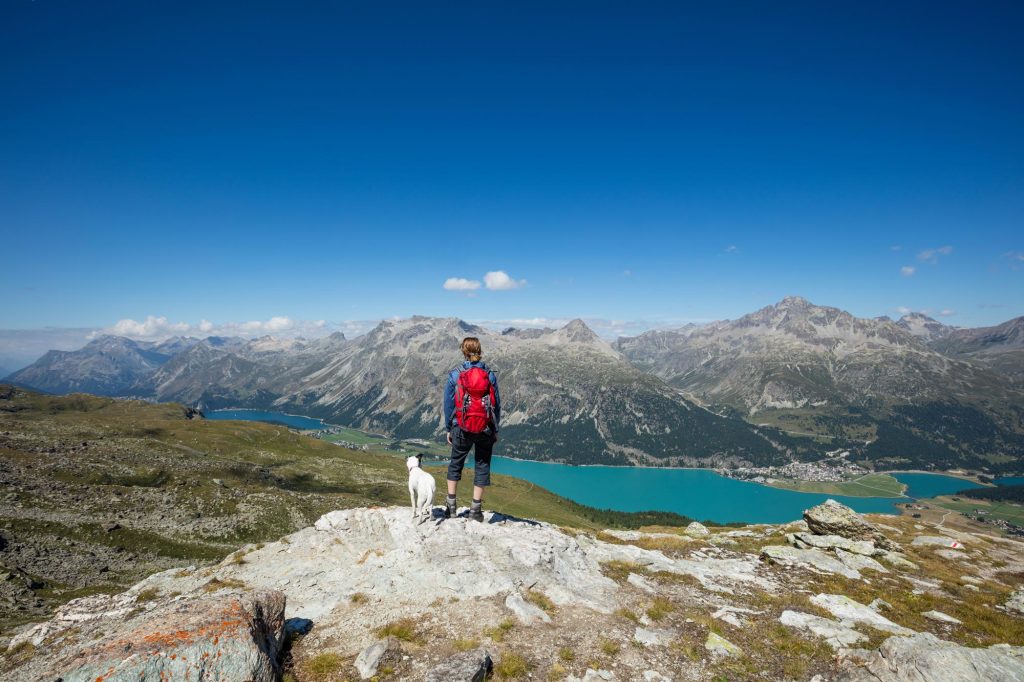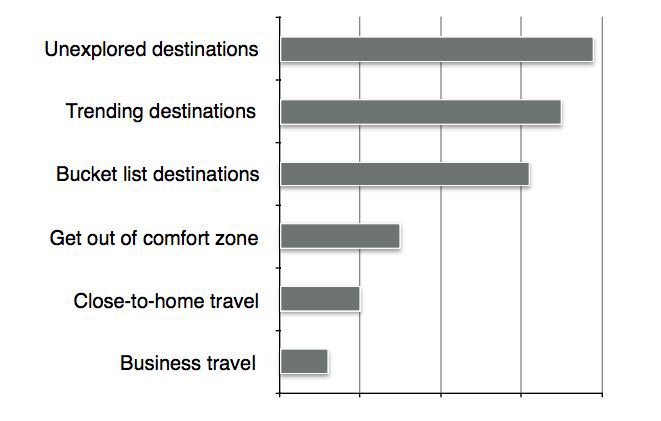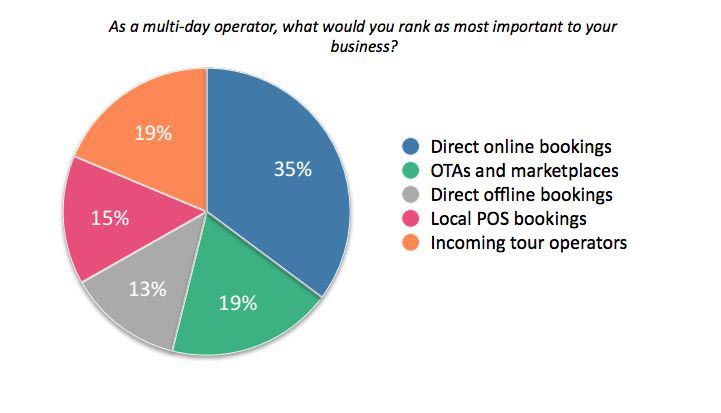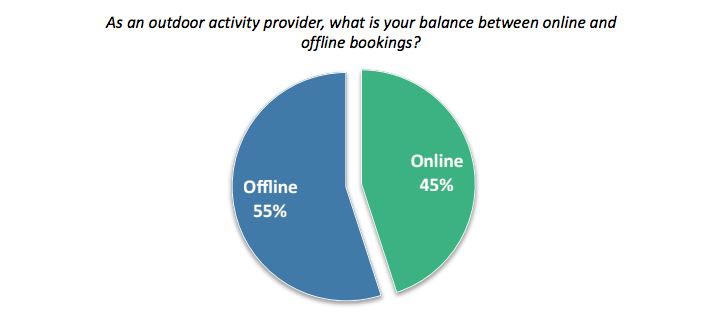By Sara Burkhard, guest writer
Whether it’s hiking the Swiss Alps or taking an extended cycling tour through Vietnam, adventure travel continues to be an exciting industry. In 2017, changing consumer expectations, an increased interest in sustainable travel, and mobile convenience will play a larger role.
For those companies hoping to stay ahead of the adventure travel curve this year, the following data may be valuable in making business decisions throughout the coming year.
Travelers seeking unique experiences
After interviewing 145 companies about customer behavior in their destinations for 2017, TrekkSoft found seeking unexplored destinations is the top priority for visitors.
Travelers are seeking unique experiences that won’t be easily forgotten. They want to explore new, unexplored locations for opportunities to learn about themselves, engage with different cultures, and become inspired.
Millennial travelers, in particular, are getting out and making unforgettable memories. According to the Travel Habit Study by Hipmunk, they took 72 percent more leisure trips in 2016, and 60 percent were ready to take on a bucket list-style trip.
As always, adventure travelers are ready to try new things. As shown by the Adventure Travel Trade Association 2016 Industry Snapshot, this is increasingly about soft adventure: Most commonly, clients book experiences such as safaris, hiking excursions, and cycling tours as well as cultural activities.
Above all, they want to see something outside of their everyday perspective-- visiting a new location or immersing themselves in a foreign culture
Emphasis on sustainable travel
Consumers are increasingly concerned about and aware of sustainable travel choices. The United Nations named 2017 the International Year of Sustainable Tourism, sparking a stronger focus in the tourism industry and travelers alike for eco-friendly and sustainable travel options.
According to UNWTO Secretary-General, Taleb Rifai, “The declaration by the UN of 2017 as the International Year of Sustainable Tourism for Development is a unique opportunity to advance the contribution of the tourism sector to the three pillars of sustainability – economic, social and environmental– while raising awareness of the true dimensions of a sector which is often undervalued.”
Volunteering has also become a growing interest. “A lot of people want to do volunteerism when they travel,” said Carole Cambata, president of Greaves Tours. “For example, in Delhi, there’s a place called Gurdwara where they feed thousands of people every day.”
Online Research, Offline Booking
Multi-day tours have always been a strong staple in the industry, and their popularity continues to grow. There are several important factors for multi-day tour operators to consider, among them a strong web presence with a special focus on online travel agents (OTAs) and their own direct bookings made online.
Here are some of the more important details about what is affecting this key demographic.
Offline bookings are those likely to occur in an office, which is where these operators can nurture their customers. In this environment, they are able to focus on unique traveler needs, answer questions, and point out highlights of a tour.
For now, the balance between online and offline bookings leans in the direction of offline bookings for multi-day tour providers. However, while offline bookings are 55 percent more common, online experiences should not be ignored. A recent survey by Expedia reveals that travelers are visiting up to 38 websites before actually booking their trips.
By far, being able to book online was ranked as the most important factor for the multi-day operators in the study. Additionally, online travel agents and marketplaces like Viator or GetYourGuide are vital to most as a way to both sell and distribute their tours.
It is worth noting the transition toward mobile is clear and apparent. Clients now have more options for researching, fact checking, and finding alternatives for activities. For most operators and OTAs, a direct website is essential, but a mobile option is also important.
In order to meet a growing range of customer preferences, tour operators should maintain a balanced distribution network. For the time being, it is crucial not to be dependent on any one market or source of bookings, and also to maintain a healthy spread of high- and zero-commission rates.
For more insights into what should go into an effective distribution strategy for 2017, you can access a free TrekkSoft research report, The Tours and Activities Distribution Landscape of Today, here.




